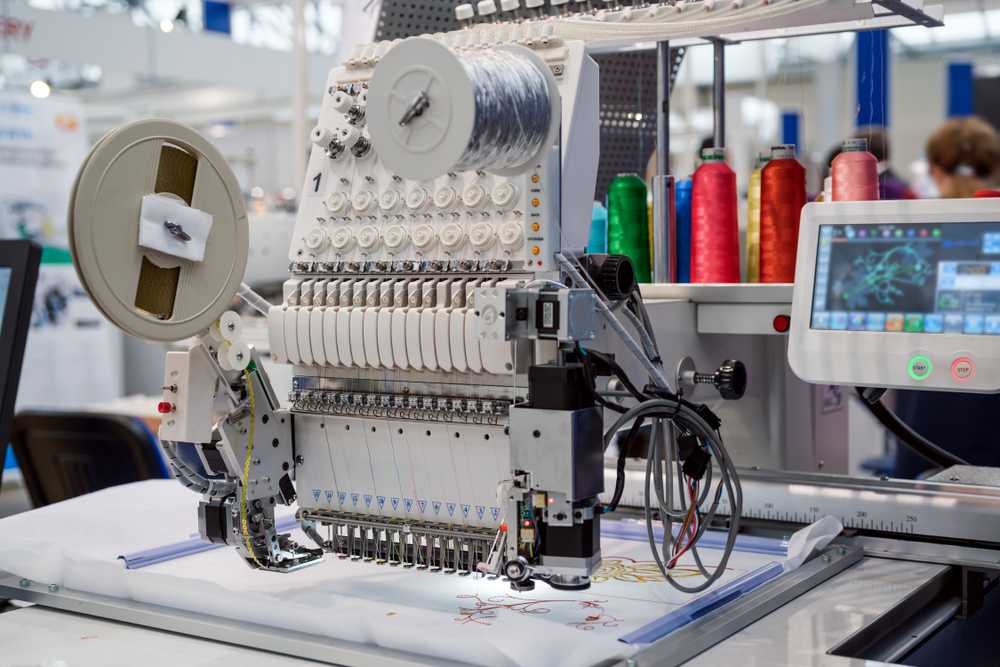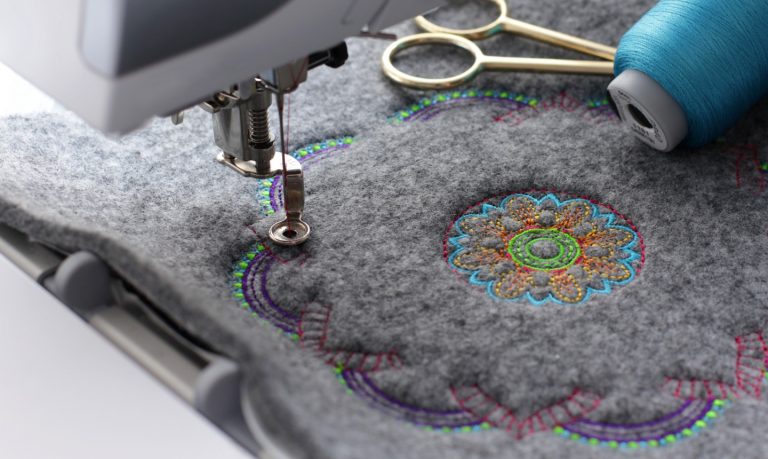Comprehensive Digitizing for Embroidery: From Style to Sew
Comprehensive Digitizing for Embroidery: From Style to Sew
Blog Article
Grasping the Embroidery Digitizing Refine: Your Ultimate Guide
Needlework digitizing is a thorough craft that calls for accuracy and knowledge to equate intricate layouts right into electronic layouts for equipment needlework. As artisans begin on this journey to master the needlework digitizing procedure, a thorough understanding of the essentials establishes the foundation for excellence.

Comprehending Embroidery Digitizing Fundamentals
Embroidery digitizing basics develop the foundation whereupon detailed layouts are converted right into machine-readable styles for exact sewing. This first action in the needlework digitizing process is crucial for making certain that the last embroidered product is a faithful representation of the initial layout. Comprehending embroidery digitizing basics entails realizing vital principles such as stitch types, stitch instructions, thickness, rug, and pull compensation.
Sew kinds play a crucial function in identifying the visual and textural end result of the stitched style. By selecting the appropriate stitch kind, whether it be satin, fill, or running stitch, digitizers can accomplish the preferred effect and boost the general quality of the embroidery. Additionally, sew instructions influences the circulation and dimension of the design, while thickness identifies the spacing and coverage of the stitches.
In addition, rug stitching gives stability to the design by protecting the material and preventing distortion throughout the embroidery process. Pull compensation is an additional crucial factor to consider to counteract the all-natural tendency of material to contract when stitched. Understanding these embroidery digitizing essentials is fundamental for developing professional-quality embroidered items.
Selecting the Right Digitizing Software Program
Selecting the suitable digitizing software application is a crucial decision that dramatically impacts the effectiveness and top quality of the needlework digitizing procedure. Digitizing for Embroidery. When choosing the best digitizing software application, it is vital to consider elements such as the complexity of styles you prepare to produce, the user-friendliness of the software program, the degree of consumer assistance offered, and the compatibility with your embroidery machine
There are various digitizing software options offered out there, varying from fundamental programs for novices to innovative software program for specialist digitizers. Some popular selections consist of Wilcom EmbroideryStudio, Hatch Needlework Software Program, and PulseID. These software use a large range of devices and functions to assist you produce complex styles with simplicity.
Before deciding, it is suggested to discover the different software application options through free tests or demonstrations to identify which one best suits your demands. Furthermore, checking out reviews and seeking recommendations from seasoned digitizers can supply useful insights right into the toughness and weaknesses of each software plan (Digitizing for Embroidery). By thoroughly Discover More evaluating your needs and comparing the features of various digitizing software application, you can make an informed choice that boosts your embroidery digitizing workflow
Digitizing Devices and Methods

Optimizing Design Settings for Needlework
Understanding the intricacies of layout setups is basic in attaining optimal cause the embroidery digitizing procedure, structure upon the foundation laid by comprehending digitizing tools and techniques. When maximizing layout settings for embroidery, it is essential to consider variables such as stitch kind, density, underlay, pull payment, and registration. Sew kind choice impacts the overall look of the design, with alternatives like satin, fill, and running stitches using different textures and results. Density refers to the spacing and density of stitches, affecting the layout's protection and sturdiness. Proper padding stitching provides security and avoids textile distortion, particularly for complex layouts or on stretchy products. Pull settlement changes for fabric stretch during stitching, ensuring precise design duplication. Registration setups align various elements of the style accurately, keeping overall style integrity. By fine-tuning these layout settings, embroiderers can improve the quality and accuracy of their embroidered productions.

Troubleshooting Common Digitizing Issues
When coming across common digitizing problems throughout the embroidery procedure, it is important to understand the origin and execute reliable solutions immediately. One usual problem is stitch density issues, where stitches might be also dense, triggering the material to tighten, or too sporadic, causing gaps in the style. Changing the stitch thickness settings in the digitizing software application can aid settle this issue.
One more frequent challenge is thread breaks during the needlework procedure. This can take place as a result of various reasons such as incorrect tension settings, boring needles, or utilizing low-grade string. Making certain proper maintenance of the embroidery machine, including normal needle adjustments and stress changes, can minimize the occurrence of thread breaks.
Moreover, design registration errors can result in misaligned elements within the embroidery design. Checking site here the design alignment in the digitizing software and making required changes before sewing can aid in great site preventing this problem. By attending to these typical digitizing problems immediately and efficiently, you can make sure a smoother embroidery process and premium finished products.
Verdict
In verdict, understanding the needlework digitizing process requires a strong understanding of the essentials, the appropriate option of software application, and knowledge of devices and methods. Optimizing design setups and fixing common digitizing concerns are critical actions in guaranteeing top quality embroidery outcomes. By following these steps vigilantly, one can accomplish precision and efficiency in the digitizing process.
Report this page